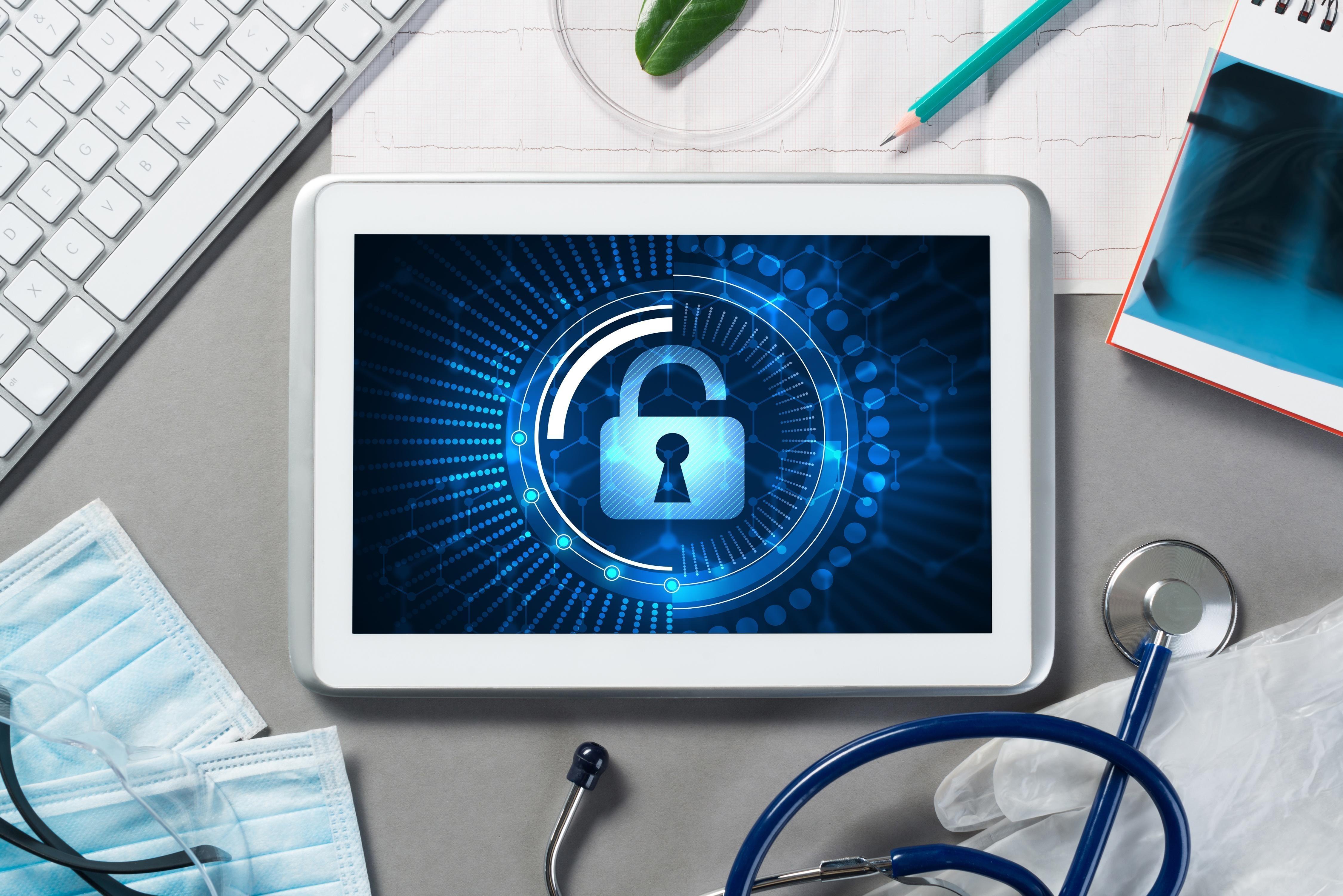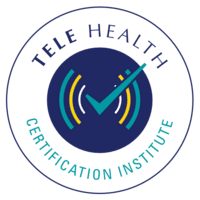The effects of COVID on telehealth have led to a viable and sustainable solution to many of the challenges facing healthcare delivery in the U.S. Virtual healthcare services are now one of the fastest-growing areas in the healthcare industry.
According to Centers for Medicare & Medicaid Services (CMS) reports, from March to October 2020, 68 million telehealth services were delivered, showing a 2,700% increase compared to 2019 reports.
While telehealth has proved a practical solution for remote health care, the increased risk of cyberattacks raises concerns.
Importance of Data Security in Telehealth
Cyberattacks in the healthcare sector can lead to significant consequences. These data breaches compromise the privacy of patients and the integrity of systems and can also disrupt the organizations' ability to provide patient care.
Security and privacy of sensitive patient information are among the most important yet challenging factors in telehealth. The digitalization of medical data and the frequency of patient-provider online connections increase the need for proper cybersecurity practices.
According to healthcare data breach statistics, cybercriminals illegally accessed over 342 million patient records between 2009 and 2022.
Types of Cyberattacks
There are many types of cyberattacks that can occur within the healthcare industry. They include:
- Data breaches
- Insider threats
- Denial of service (DoS) attacks
- Phishing scams
- Malicious attachments
- Advanced persistent threats (APT)
- Unauthorized access to patient data by employees
- Mobile threats
- Unsecured medical devices
- Internet of Things (IoT) threats
How Data Is Protected in Telehealth
There are several ways organizations and practices can protect telehealth and healthcare data. These measures include:
- Secure communication protocols: Secure communication protocols are used to encrypt information and prevent it from being intercepted. Healthcare providers can use security testing tools to check their communication protocols' security.
- Multi-factor authentication: Multi-factor authentication (MFA) provides additional layers of protection. It helps protect against hackers who have gained access to a user's password.
- Encrypted data at rest: Encrypting data at rest ensures that all patient data is stored securely in the cloud or on a device. This prevents hackers from acquiring access to the data without decrypting it first.
- Encrypted data in transit: Data that is transferred over networks (in transit) should also be encrypted to avoid being intercepted before reaching the intended recipient.
- HIPAA-compliant forms: Using forms that comply with HIPAA regulations helps secure patient information. Here are 5 HIPAA-compliant form builders compared for your small practice.
- Restricted access to patient data: Only those who need patient information to perform their duties, e.g., a physician, should have access to this data.
- Data loss prevention measures: Healthcare providers can use data loss prevention tools to help identify and secure sensitive information from being compromised or leaked.
- Up-to-date software: Keeping software up-to-date with the latest security features will help prevent hackers from using known vulnerabilities in older software versions.
- VPNs: A virtual private network (VPN) is an encrypted connection that allows users to access a secure network without being detected. This can be particularly useful for providers accessing patient information outside their offices.
- Latest technologies: Using the latest security technologies, such as encryption, firewalls, and anti-virus software, will add another layer of protection to important data.
13 Steps for Securing Patient Privacy
A multidimensional approach, such as comprehensive network security strategies, is the best way to protect your patients. Here are 13 steps on how to secure patient privacy and when to use them:
Before Telehealth Sessions
- Use HIPAA-compliant applications: HIPAA regulations require healthcare organizations to use appropriate safeguards to protect the integrity and confidentiality of protected health information (PHI). For example, implementing solutions such as healthcare CRM can ensure that your systems are HIPAA-compliant, meeting the standards for handling and protecting PHI.
- Share updated security and privacy practices with your patient. Notifying patients of updated security and privacy practices provides them with necessary disclosure and peace of mind.
- Build encryption: Invest in an encrypted, password-protected platform and a service agreement that ensures maximum security. Encryption is vital to securing patient data and can help healthcare organizations comply with regulations, enable secure data sharing, and reduce the risk of costly data breaches.
During Telehealth Sessions
- Use a private space and limit the number of people participating in the session. Conduct telehealth sessions only in secured spaces with private Wi-Fi and no public entry, preventing unauthorized online and physical access. Ensure session access is limited to only personnel directly involved in the patient's care and those the patient has authorized.
- Enable all encryption and privacy modes. When using telehealth applications, ensure encryption and privacy modes are active.
- Never leave systems logged in. Close or sign out of applications, and turn off all monitors, microphones, and cameras once the telehealth session is complete.
Around-the-Clock Practices
- Run virus and malware scans at all times. This keeps the network and computers secure and indicates if there is a threat.
- Run updates for equipment and applications as soon as they are available. Take advantage of security updates and capabilities, ensuring that any discovered vulnerabilities in previous versions are ineffective and pose no threat.
- Secure any notes, electronic devices, storage media, and written materials when not conducting patient sessions. Try to avoid saving patient data on shared or personal devices, and if you have to, implement device authentication measures.
- Regularly conduct risk assessments. Schedule regular risk assessments on systems, software, and telehealth services.
- Employ continuous identity authentication tools. This makes sure that only authorized personnel have access to patient data. For example, according to Microsoft, multi-factor authentication can block up to 99% of automated cyberattacks.
- Implement core competency training for all telehealth providers and users. Healthcare practices are only as secure as the weakest link, so educating staff on telehealth safety and cybersecurity best practices is vital.
- Stay current on new and emerging trends in cybercrime. Ensure all policies and cybersecurity measures are relevant, updating when needed.
Final Thoughts
Telehealth has proven effective on a large scale, benefiting providers and patients. It offers affordable health care, improves patient care, and provides a solution for those who cannot access in-person health services. However, the digitalization of healthcare has put patient information at an increased risk of cyberattacks.
Secure patient privacy while using telehealth by using HIPAA-compliant software and forms, encrypting data, conducting regular risk assessments and system updates, utilizing multi-factor authentication, and implementing staff training.




The course was so informative and I was glued to my screen for the entire duration. I received so much knowledge concerning ethics in telehealth and I am greatly encouraged to read about all the standards and policies that pertain to my practice. Thank you!.